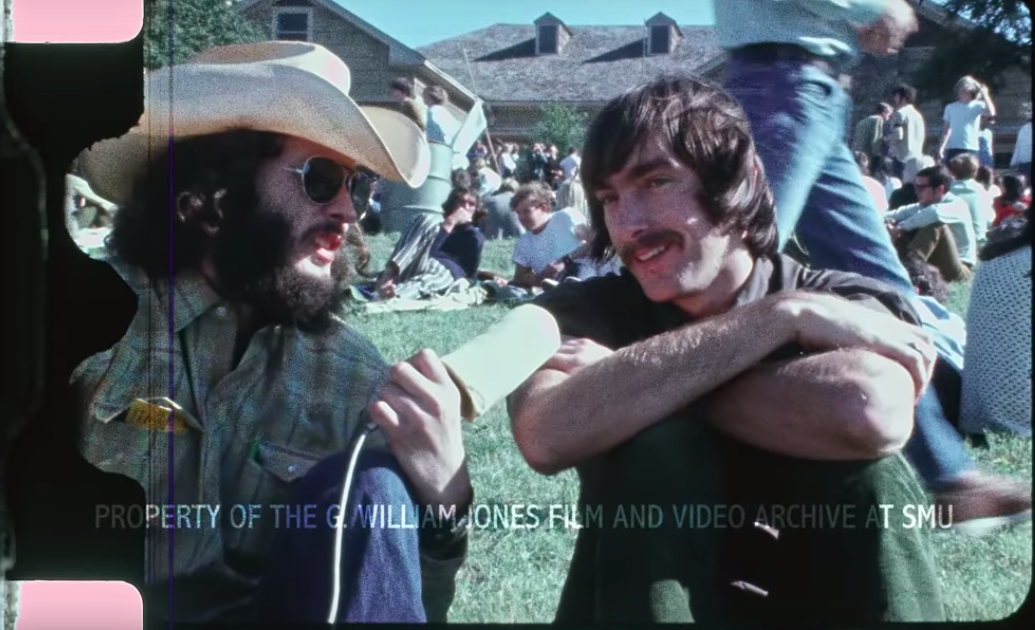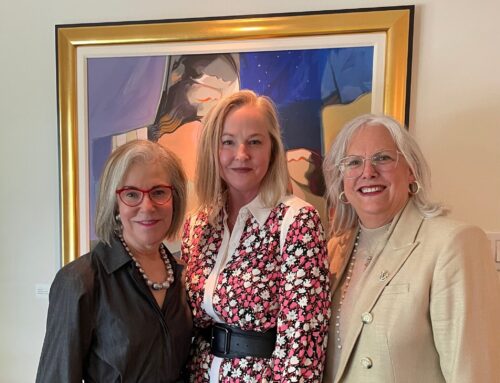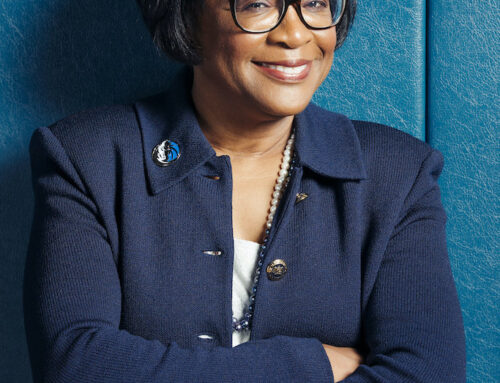A curator at Southern Methodist University uncovered film from the 1969 Dallas Peace Day anti-war protest at White Rock Lake.
It was a breezy fall day, and the Velvet Underground performed at Winfrey Point. The protest was part of a nationwide day of protest, called Moratorium to End the War in Vietnam, on Oct. 15, 1969. The protest, which some think was the first big anti-war rally of the Vietnam era in Dallas, was hyped in the daily newspapers and drew 600 to 1,500 people, based on varying estimates. One next-day headline read, “1,500 Stay Orderly Here,” according to the Dallas Morning News.
Moving-image curator Jeremy Spracklen of Southern Methodist University’s G. William Jones Film & Video Collection uncovered a professional-level film reel from the day, although it’s unclear who shot and edited the 12 minutes and 17 seconds of footage.
But it contains an interview between Stoney Burns and guitarist Sterling Morrison of the Velvet Underground. The interview starts at about 2:38.
Born Brent LaSalle Stein, Burns grew up in the Preston Hollow area and graduated from Hillcrest High School.
He started an underground newspaper, Dallas Notes, in 1967. The newspaper covered the counterculture, nightlife and police raids. Taking on the police caused Burns a lot of woes, including a 10-year and one-day sentence for possession of less than 1/10th of an ounce of marijuana in 1972. The sentence was later dropped when possession of small amounts of marijuana became a misdemeanor in Texas.
For an October 1968 story on Dallas’ pornographic movie industry, the paper ran a photo of a woman’s bare breasts. His home/office on Live Oak Street was raided twice the next month. He and other staffers were arrested and all of their typewriters, phones and cameras seized by Dallas Police. The case went all the way to the U.S. Supreme Court, according to his obituary.
Burns later started Buddy magazine, one of the first regional music magazines in the United States.
His life was quieter after the 1970s, and he died in 2011, but he sure did enough in the ’60s and ’70s that someone should make a movie about him.







